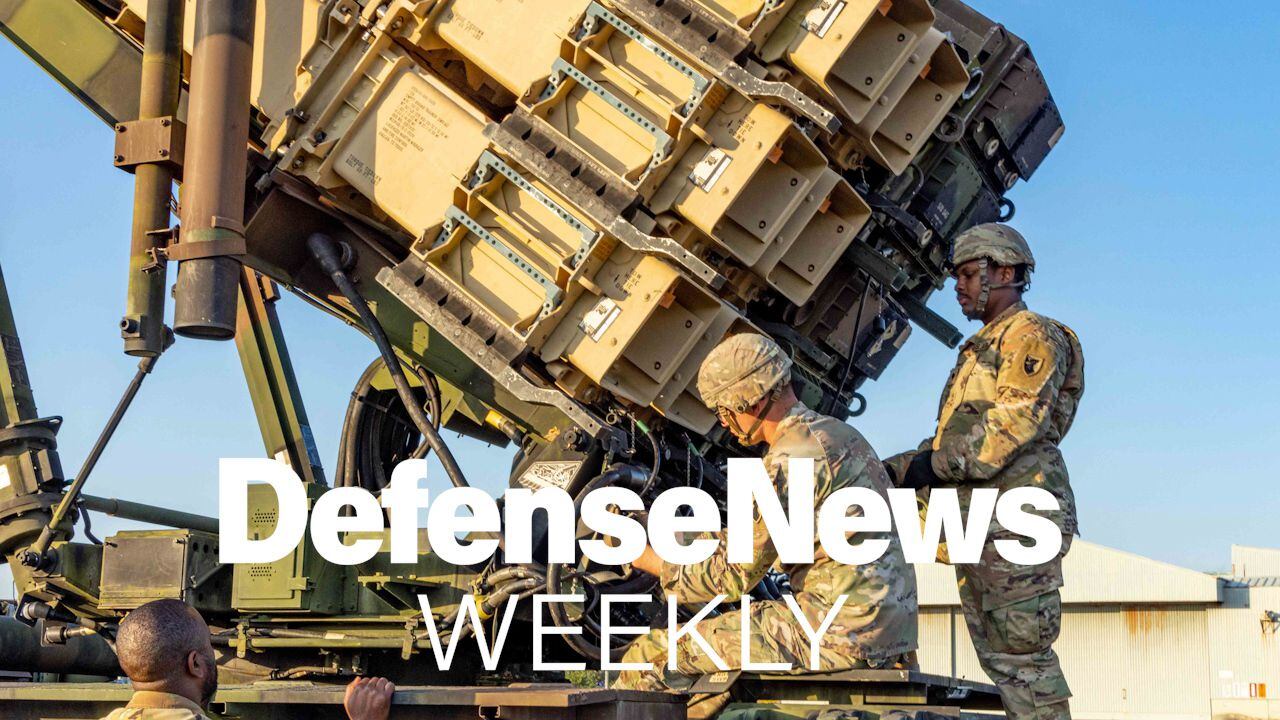You don’t need to be a student of current affairs to understand that the Middle East is a crucible of tumultuous geopolitics. It is the most militarized region in the world. The region boasts a plethora of natural resources, yet remains a focus of political tensions. Long-standing enmity manifests in sporadic outbursts of hostilities against a backdrop of historic disputes along ethnic and religious fault lines. The juxtaposition between wealth generation and political instability makes this a challenging environment for governments or humanitarian agencies. The list of hot topics range from Israel and Palestine, through to the Syrian/Iraqi/Turkish borders, Egypt, and the Gulf States to Iran and the caucuses hinterland of southern Russia and beyond. From this, a patchwork of various humanitarian, economic and political concerns arise, which all need to be monitored and managed.
In this potentially volatile and shifting landscape, governments and international agencies alike are looking for positive civil and security outcomes. This is where ISR (intelligence, surveillance and reconnaissance) plays a pivotal role in strengthening border security, which in its wider context is crucial in combating threats of smuggling, terrorist financing and pressures on national sovereignty. However, at the physical end of the spectrum of security challenges, the sheer number of borders in the Middle East — many of which traverse remote terrain — has traditionally made border integrity and protection incredibly difficult and potentially a veritable sink hole of manpower.
According to a report released in February 2016, "Global Land Based C4ISR Market: Analysis of Growth, Trends Progress and Challenges (2015-2020)," the air-based C4ISR systems market will be the fastest growing among all types of C4ISR (Command, Control, Communications, Computers, Intelligence, Surveillance and Reconnaissance) by 2020. This will be led by increased acquisitions of UAVs. Saudi Arabia, on account of better border protection and surveillance, will be one of the fastest-growing countries in the air-based platform.
When you consider that Dubai is just over three hours flight time away from Mumbai, and just double that by sea across the Arabian Gulf, between the UAE/Qatar/Bahrain coastline and Iran, it can be easily understood that the Middle East is a complicated network of trading routes, cultures and political states, and therefore plays a pivotal role on the world stage, attracting interest from the global power blocks. The tip of the northern emirate Ras Al-Khaimah is less than 40 kilometers (25 miles) from the Iranian coast (which has the longest coastline on the Gulf measuring 735 nautical miles) across the Strait of Hormuz. Most of Saudi Arabia’s coastline lies on the Red Sea (1,020 nautical miles), with 296 miles border on the Arabian Gulf. With a land area of approximately 2,150,000 square kilometers, Saudi Arabia is geographically the fifth-largest state in Asia and second-largest state in the Arab world (after Algeria). Governments, military and civilian organizations from this region and beyond are therefore looking for fully integrated systems that incorporate an extensive range of security requirements.
In a landscape as complex as this region, border security is not just an issue in itself — it can put the brakes on economic development more widely and compromise wider military and political-strategic considerations. Integrated ISR and, for that matter, search and rescue solutions demand by definition smart deployment of financial resources. Assets needs to be utilized to ensure that they are effectively used. UAV platforms provide just that by cost-effective means of monitoring border activity as an integrated platform and essential part of any serious ISR strategy.
UMS SKELDAR’s Middle East operations director, former Royal Air Force officer Ewen Stockbridge Sime, blogs from the United Arab Emirates.He follows demonstrations held for invited senior military and civilian guests from the Gulf Cooperation Council countries (Bahrain, Kuwait, Oman, Qatar, Saudi Arabia and the United Arab Emiriates) and other key international observers including from NATO and embassy military attaches. Sime has a background working with ISR capabilities for the UK military and on real-time intelligence for the US Air Force. Sime can be reached at ewen.stockbridge@umsskeldar.aero.








